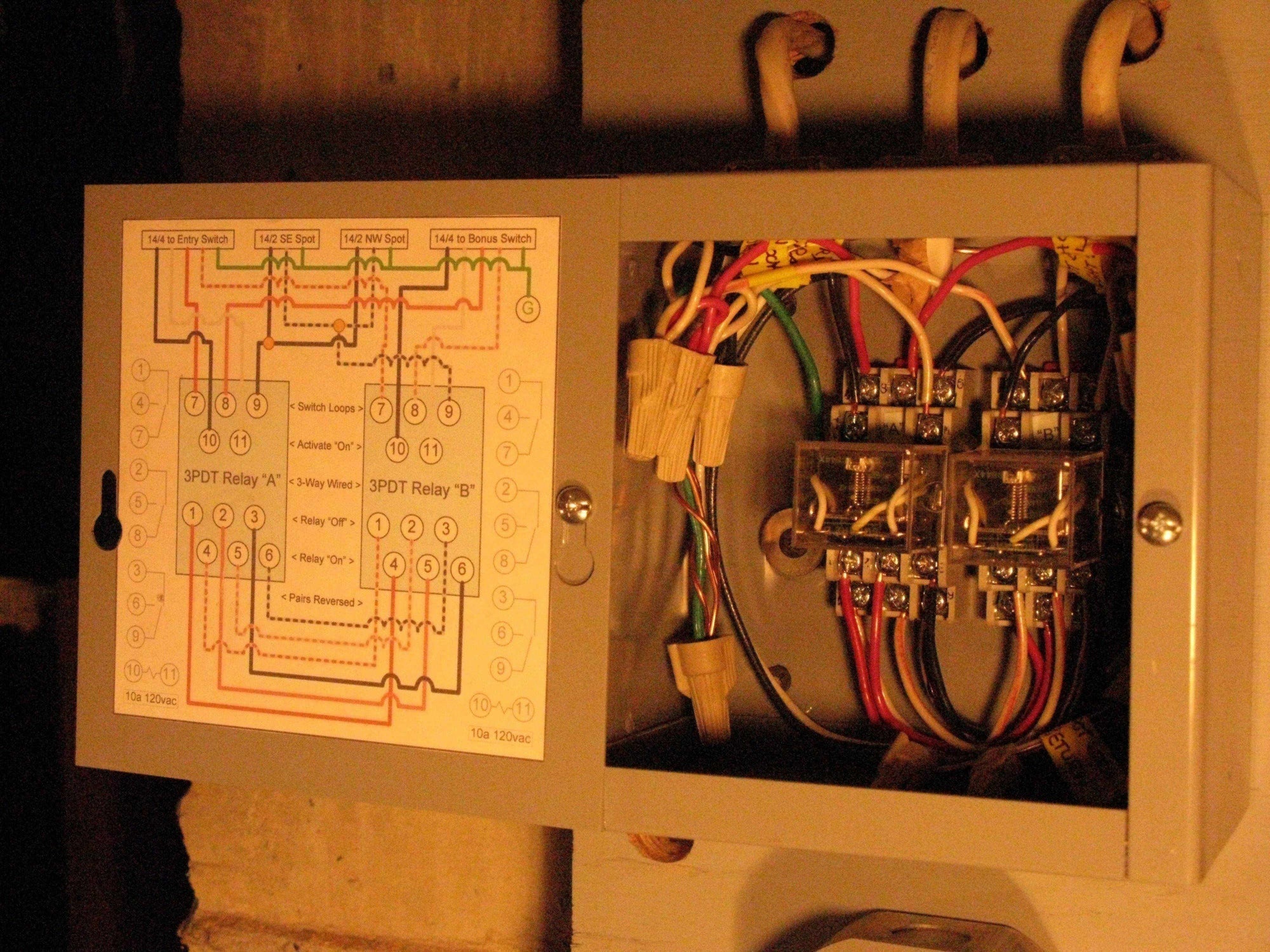Automation devices and solutions that may allow you to be informed of an issue in real-time OR prevent a disaster altogether. It could potentially save the life of your pond animals, pets or even a child’s life.
Switches: A ubiquitous device, employed in the right way could prevent disaster. Pressure or float switches are simple ways to make something turn on or off depending on the presence or absence of water. If a leak causes water to drop, this could stop your pumps from running dry. A flow switch is added to the plumbing of a pump (just before or after it). It is a PVC pipe with sensors on top and has two wire leads. If the water stops flowing (due to pump failure or a power outage), a magnetic switch opens. You can hook this to an audible alarm, light or relay. It could also be attached to a backup device and power it on for instance (provided it has power) creating a fail-over device in the event the pump stops working.
Relays: A relay is nothing more than a magnetic switch. Instead of a finger turning a switch on or off, a magnet does this. Relays come in every flavor of switch (single pole, three-way, four-way, etc.). The relay has two contacts onboard to operate the magnet “finger”. There are a number of other contacts (depending on the switch type) that you wire to the “switch” side of things. If power to a device fails, the magnetic switch will open triggering whatever you have wired to the switch. For example: A float switch in a skimmer box will turn off the pump off if water runs dry. Aside from killing the power to the pump, the leads could also be wired to a relay. When the float turns off the pump, the relay will activate. Another wire is run to switch side of the relay which is hooked to a light. The switch closes and the light on a panel in the house comes on indicating no water in skimmer and skimmer pump is off. When the float regains water and repowers the pump (and relay), the light turns off again. Many combinations, types and multiple relays can be wired together with increasing complexity enabling simple automation. For instance, in the given scenario, perhaps you also have an actuating valve. When the light is lit, power also is fed to this valve and water begins to fill inside the skimmer (and shuts when the float activates).
Timers: This is another kind of switch. Electronic and mechanical timers can stop and start at specified times specified by you in daily, weekly or longer periods of time. These can be attached to electrical devices turning them on or off (such as pumps or pond lighting). However, there are also water timers that are operated by electronics or simply water flow. Example: I have seen auto feeders for cats used to feed Koi for times when you are away on vacation. This adds another dimension of automation.
Photocells and Sensors: You make think this switch is for switching your lights on after dark, but motion detectors use photocell technology creating many kinds of alarm sensors. Pool alarms detect something breaking the path of an invisible beam (like a child, pet or predator near a pond edge). Sensors may trip due to motion, sound, temperature of other inputs. Video cameras are the ultimate sensor which can be tripped by motion and even see “in the dark” using low level light features or even infrared lenses.
Smart Technology: We have become dependent on our Smartphone and most all of us have one. The capabilities have increased every year including the integration of home automation with your phone. Now, if a camera senses something, it can email you right to your phone in real time. Old-school home automation products are now starting to merge with smart technologies. IFTTT is enabling old and new devices and apps to integrate and talk. Raspberry Pi is a small computer to “smart” enable even dumb devices including many of the simple switch inputs listed above. If you can devise it, it is usually possible.
Previous Article: Pond System Resilience – Mitigation
Next Article: Annual Pond Care - Weather and Climate

